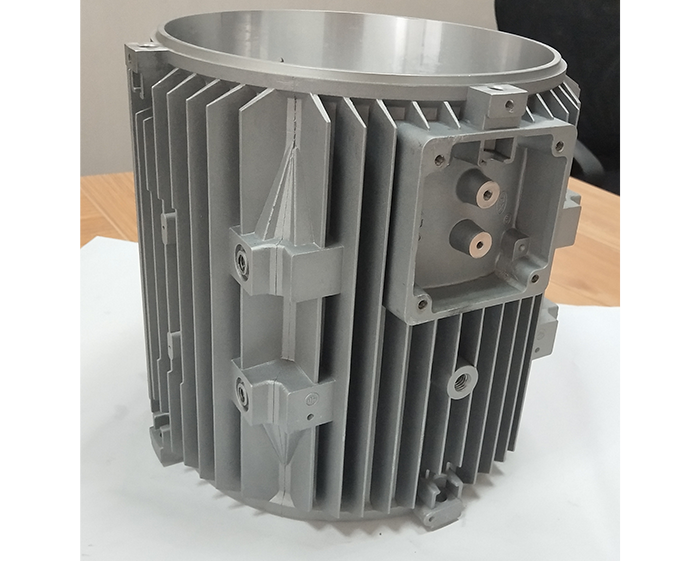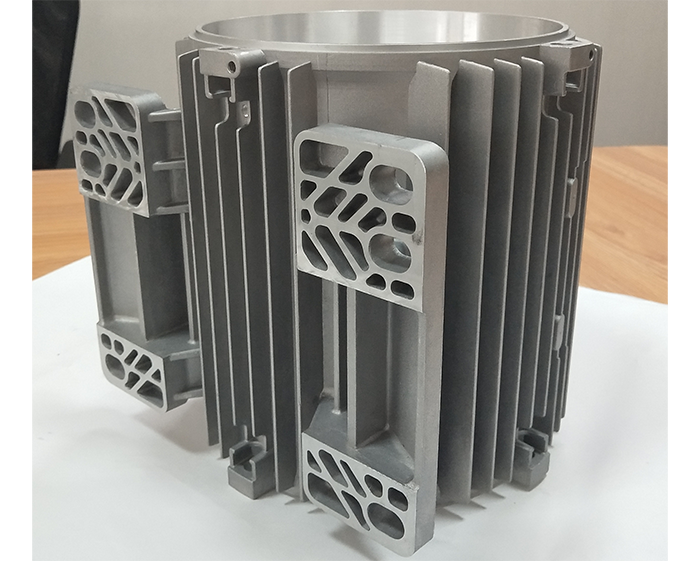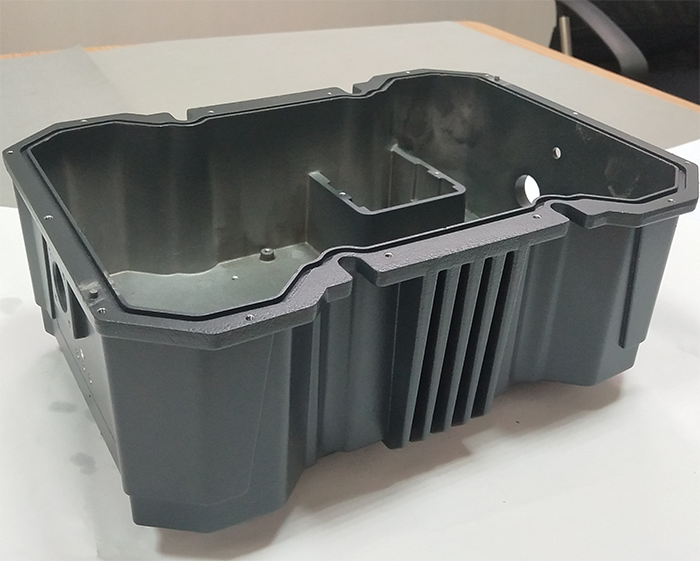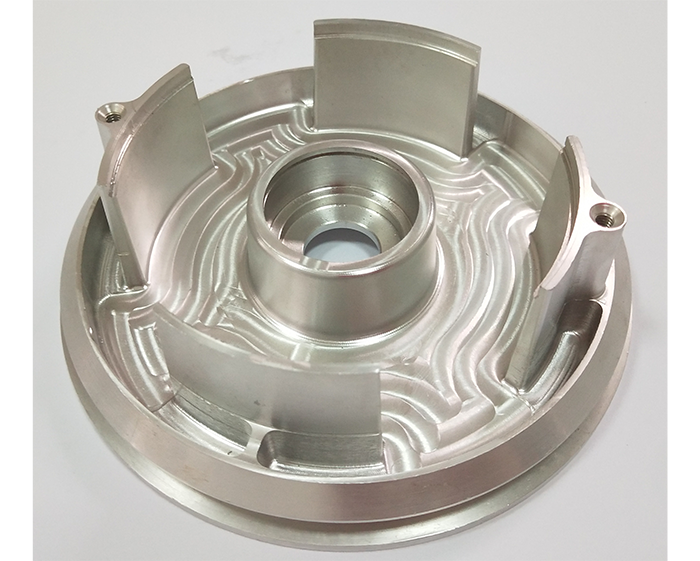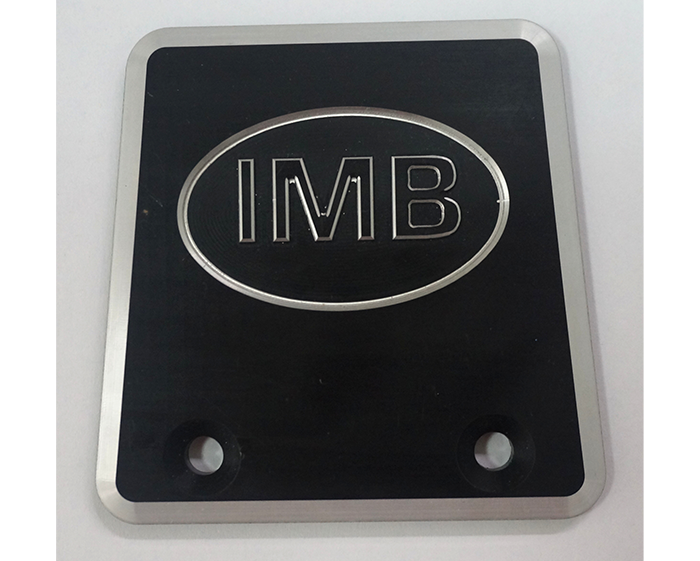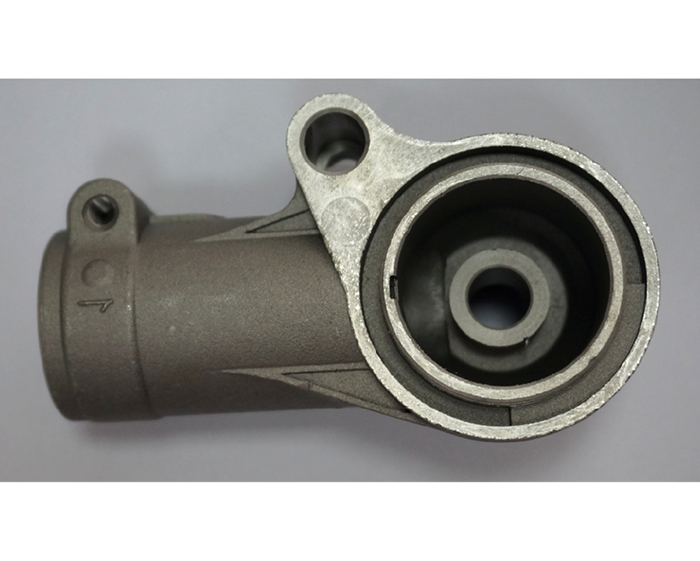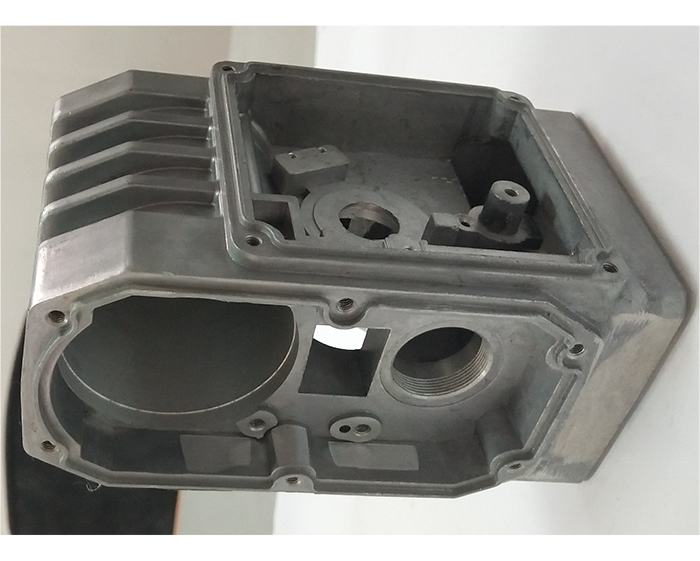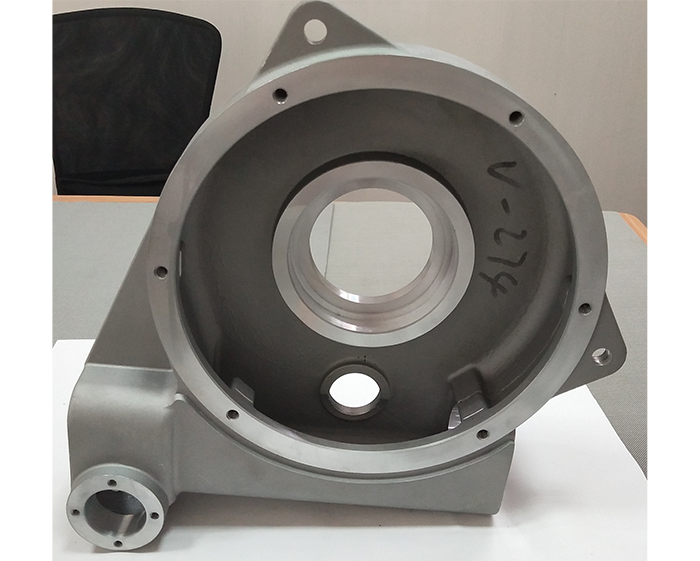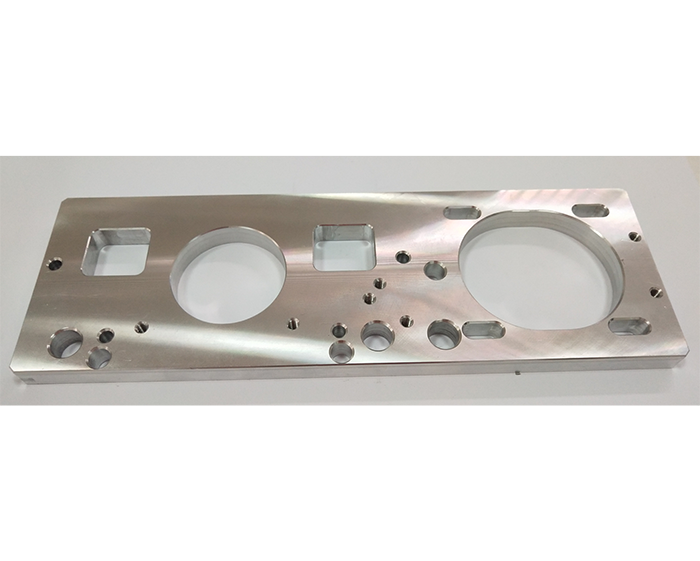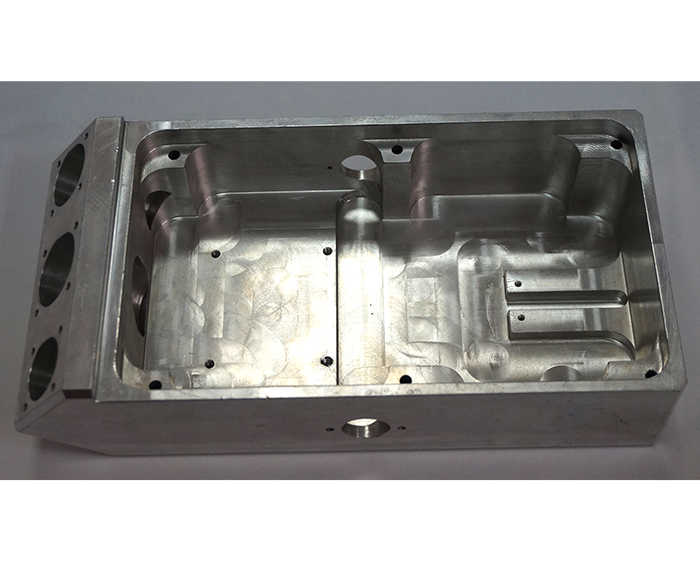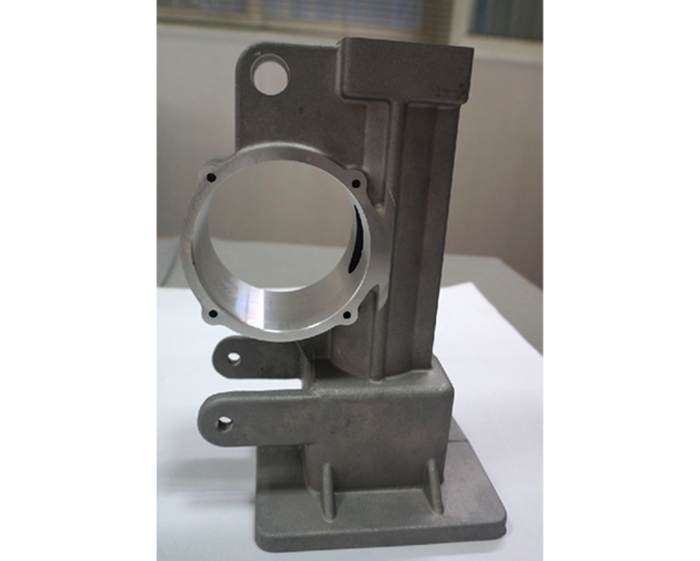Current location:HOME>Talking about the precautions of CNC lathe processing techno
news recommended
What are the requirements for materials f
Precision machining, not all materials can be precision machined, some materials
What should you pay attention to when pro
The metal mold processing industry is developing rapidly, and the competitive pre
What are the methods for processing preci
With the development of the times, many processes now require mechanical parts pr
What is the process of machining non-stan
In the process of machining non-standard parts, the foundation is important. The
Contact us
Changzhou Yuao Precision Machinery Co., Ltd.
Contact: Manager Chen
Mobile: 13701502369
Contact: Manager Liu
Mobile: 13861287767
Landline: 0519-85157217
Fax: 0519-85157217
Mailbox: 13701502369@163.com
Website: www.cajmjx.com
Address: No. 18 Qingjiang Road, Xinbei District, Changzhou City
Contact: Manager Liu
Mobile: 13861287767
Talking about the precautions of CNC lathe processing techno
Published:2019-06-04 Clicks: Times
1. Reasonable choice of cutting amount
For efficient metal cutting, the material to be processed, the cutting tool, and the cutting conditions are the three major factors. These determine machining time, tool life and machining quality. A cost-effective processing method must be a reasonable choice of cutting conditions.
The three elements of the cutting conditions: cutting speed, feed rate and depth of cut directly cause damage to the tool. As the cutting speed increases, the tip temperature rises, causing mechanical, chemical, and thermal wear. Cutting speed is increased by 20% and tool life is reduced by 1/2.
The feed condition is related to the wear behind the tool in a very small range. However, the feed rate is large, the cutting temperature rises, and the rear wear is large. It has less effect on the tool than the cutting speed. Although the depth of cut has no effect on the cutting speed and the feed rate, in the case of small depth cutting, the hardened layer is produced by the material to be cut, which also affects the life of the tool.
The user should select the cutting speed to be used according to the material to be processed, hardness, cutting state, material type, feed amount, depth of cut, and the like. The following table:
The selection of suitable processing conditions is selected on the basis of these factors. Regular, stable wear and longevity are ideal conditions.
However, in actual operations, the choice of tool life is related to tool wear, machined dimensional changes, surface quality, cutting noise, and heat processing. When determining the processing conditions, it is necessary to conduct research according to the actual situation. For difficult-to-machine materials such as stainless steel and heat-resistant alloys, a coolant or a rigid blade can be used.
2. Reasonable choice of tools
1) When roughing the car, it is necessary to select a tool with high strength and durability to meet the requirements of large back feed and large feed amount during roughing.
2) When finishing the car, it is necessary to select tools with high precision and durability to ensure the processing accuracy.
3) In order to reduce the tool change time and facilitate the tool setting, the machine clamp and the machine clamp blade should be used as much as possible.
3. Reasonable selection of fixtures
1) Try to use a universal fixture to clamp the workpiece and avoid using special fixtures;
2) The part positioning reference coincides to reduce the positioning error.
4. Determine the processing route
The machining route is the trajectory and direction of the tool relative to the part during the index-controlled lathe machining process.
1) The processing accuracy and surface roughness requirements should be guaranteed;
2) The machining route should be shortened as much as possible to reduce the tool idle travel time.
5. The relationship between processing route and machining allowance
At present, under the condition that the numerical control lathe has not yet reached universal use, the excess margin on the blank, especially the margin containing the forged and cast hard skin layer, should be arranged on a common lathe. If you need to use CNC lathe processing, you need to pay attention to the flexible arrangement of the program.
6. Fixture installation points
At present, the connection between the hydraulic chuck and the hydraulic clamping cylinder is realized by the tie rod, as shown in Fig. 1. The hydraulic chuck clamping points are as follows: First, remove the nut on the hydraulic cylinder by moving the handle, remove the pull tube, and pull it out from the rear end of the spindle, and then remove the chuck fixing screw to remove the chuck.
The wiper on the tool refers to a small section parallel to the tool tip that is ground in the direction of the secondary yaw of the tool blade. The blade is mainly used for secondary cutting after the cutting of the blade. It is equivalent to the burr and other flaws in the finishing process. Increasing the surface roughness of the workpiece is often applied to the tool for finishing.
The machining process of CNC lathe is similar to that of ordinary lathe, but since the CNC lathe is a single clamping and continuous automatic machining to complete all turning operations, the following aspects should be noted.
1. Reasonable choice of cutting amount
For efficient metal cutting, the material to be processed, the cutting tool, and the cutting conditions are the three major factors. These determine machining time, tool life and machining quality. A cost-effective processing method must be a reasonable choice of cutting conditions.
The three elements of the cutting conditions: cutting speed, feed rate and depth of cut directly cause damage to the tool. As the cutting speed increases, the tip temperature rises, causing mechanical, chemical, and thermal wear. Cutting speed is increased by 20% and tool life is reduced by 1/2.
The feed condition is related to the wear behind the tool in a very small range. However, the feed rate is large, the cutting temperature rises, and the rear wear is large. It has less effect on the tool than the cutting speed. Although the depth of cut has no effect on the cutting speed and the feed rate, in the case of small depth cutting, the material to be produced is also affected, which also affects the life of the tool.
The user should select the cutting speed to be used according to the material to be processed, hardness, cutting state, material type, feed amount, depth of cut, and the like. The following table:
The selection of suitable processing conditions is selected on the basis of these factors. Regular, stable wear and longevity are ideal conditions.
You may also be interested in this
Related Reading
 Focus on
Focus on


